Looking back at Hugo's House of Horrors
An adventure game fan returns to the 1990s for a spooky reminder of what the genre used to be like.
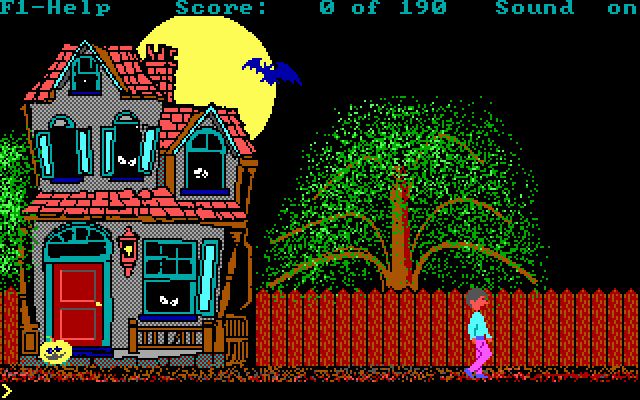
I was eight years old and crying at the foot of my parents' bed early on Saturday morning. I'd successfully navigated King's Quest 2's poisoned bramble maze, then accidentally pressed F7 and restored to before the maze instead of pressing F5 to save after it. Why hadn't I eaten the magic sugar cube that would have protected me? It was 1986, I didn't even know it existed. My dad dragged himself out of bed to redo the maze for me with cautious steps and guesswork. It's my favorite childhood memory. I love my dad.
I decided to scare myself silly with some of the '90s adventures I missed at the time, the Hugo's House of Horrors series created by David Gray. Despite their name, they're not particularly scary, at least until you rub up against their old school design. Today developers may cower in fear of losing their entire audience rather than allow players to die suddenly or miss an item they need later, yet many of us remember those aspects of adventure games with great fondness (even if they left us in tears in our parents' bedroom). I played the scariest version of the Hugo series I could find—parser-only, one of a couple of versions David Gray sells on his site.
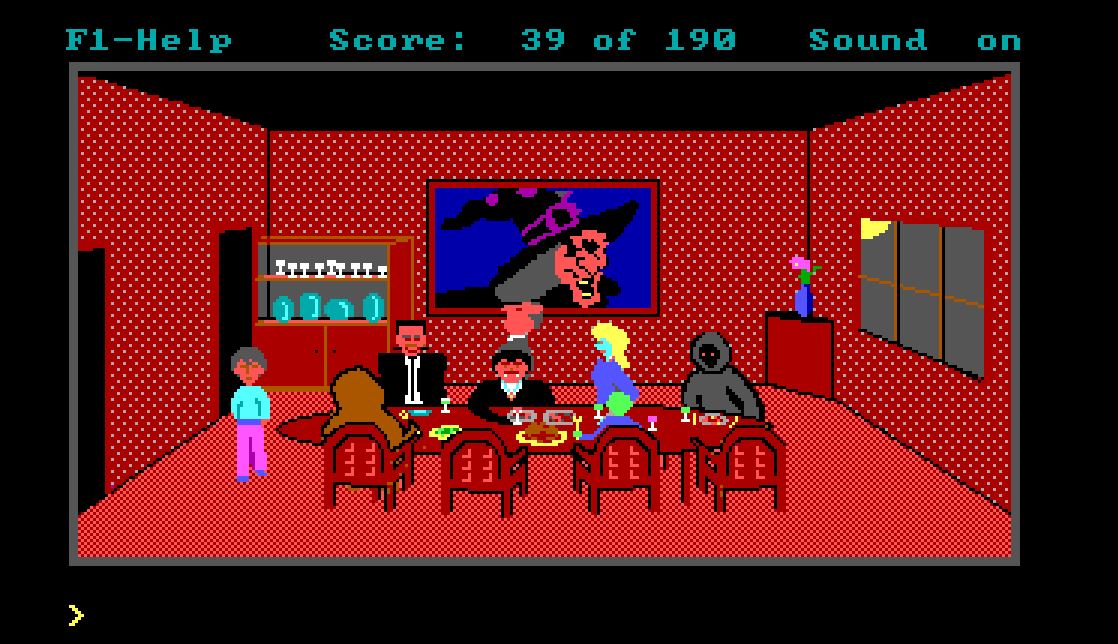
The first game begins with cliches like bats, lightning storms, and of course a creepy mansion. Hugo's House of Horrors was ahead of its time in one way, embracing exploration rather than a wall of text as a way to engage the player. No one told me to find a way into the mansion, but the door swung suggestively shut during the opening scene. Would I try to open it? Of course. Would the mad scientist inside explain his motives? No. Narrative exposition is overrated. I knew what I was supposed to do, and puzzles unfolded.
The first room reminded me why people played these games in the first place—our stubborn refusal to be outsmarted by the parser. Consider the combination of a dark cupboard and a candle. I typed "get candle" four times before I was standing close enough for it to work, then multiple variations on "use candle" when I should actually have been typing "look cupboard" with the candle in my possession.
The game was very popular when it came out in 1990
David Gray
Parser interfaces had a way of making you doubt your sanity, while also providing that sense of smugness when you cracked a puzzle. I particularly enjoyed figuring out how to blend into the mansion's unusual collection of dinner guests, while avoiding becoming dinner myself.
There are four locations in Hugo's House of Horrors that kill you after the briefest of warnings. Luckily, I remembered that you were often allowed to pre-enter commands in adjacent rooms so you could prepare yourself. It's a game where saving frequently is mandatory, and even then it can make the game quietly unfinishable if you fail to notice an important clue at the very beginning. (I'm still traumatized by eating that delicious, essential item in King’s Quest V.)
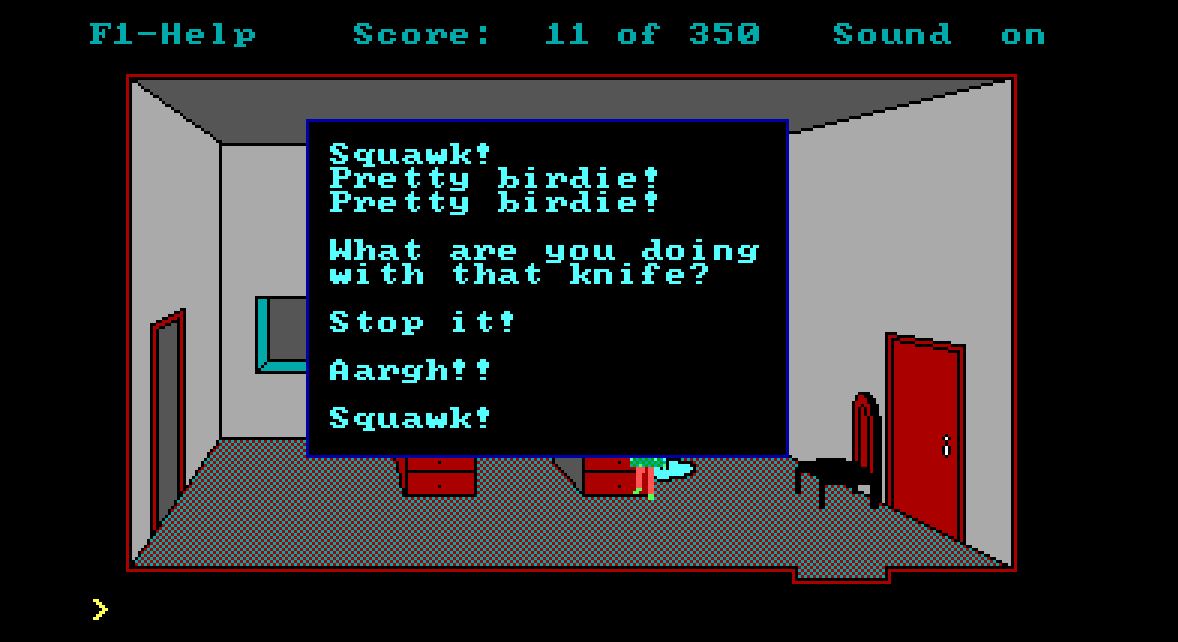
I reached out to Gray to ask what his aim was with Hugo's House of Horror. "I wanted to emulate the enchantment I felt when I first played the original adventure game, Colossal Cave," he explains. What you have to understand is that old school design really was magical. Why else would 5,000 people to date have downloaded Stair Quest, an homage to adventure game staircases?
Keep up to date with the most important stories and the best deals, as picked by the PC Gamer team.
"The game was very popular when it came out in 1990," Gray says, "as it was the first graphical adventure game (to my knowledge) being sold as shareware." As more people gained access to personal computers this kind of independent distribution of games was an exciting trend—at least it certainly was in my Computer Studies class.
I should have known before I crossed the bridge that my matches would fall into the water and become useless, requiring a load or restart.
By the time I got to Hugo 2, Whodunit? I felt like a series veteran. When I noticed the old man from the first game, I groaned. He'd previously asked era-specific, general knowledge questions before allowing Hugo to pass—a form of copy protection. Thankfully, Hugo's girlfriend Penelope just bonked him on the head with a staff. These kinds of sequences were recently parodied in Thimbleweed Park where Franklin had to prove to the kid in the hotel that he was "the latest and greatest" by being knowledgeable about 1986's fashion trends. At least, thanks to Hugo, I learned who Roy Rogers' dog was. (And who Roy Rogers was.)
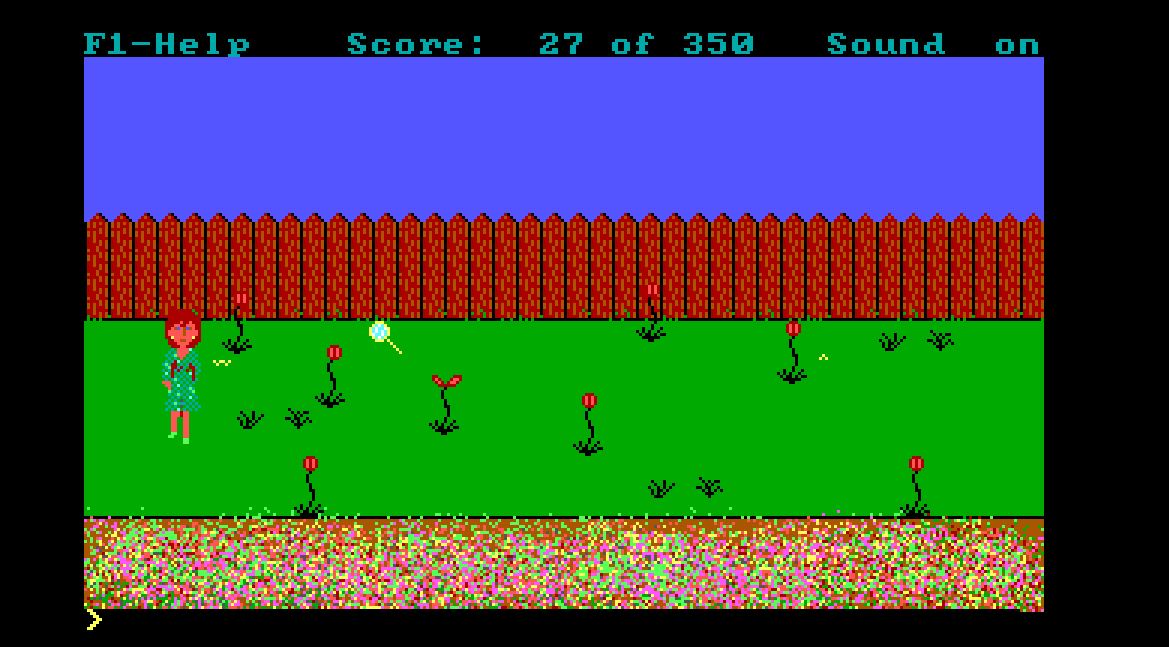
In Hugo 3, Jungle of Doom! Hugo suggests Penelope change her green dress because she may blend in with the jungle, probably in reference to the hedge maze in Hugo 2, in which she all but disappeared. Despite an apparent awareness of their design flaws, these sequels are mostly more of the same hardcore experience. I should have known before I crossed the bridge that my matches would fall into the water and become useless, requiring a load or restart. The player must be in a state of constant hypervigilance.
I didn't play Gray's fourth Hugo game, first-person shooter Nitemare 3D, because my traumatic memories of King’s Quest: Mask of Eternity are still too real. This was the era when adventure games, unable to survive an additional dimension, briefly died. It's largely thanks to the indie scene that they now live again. Interestingly, in the years after Hugo, Gray decided to make a different kind of game, Jigsaws Galore. "I wanted to make a game that would endure, rather than be flavor of the month," he says. "Jigsaws were a perfect fit."
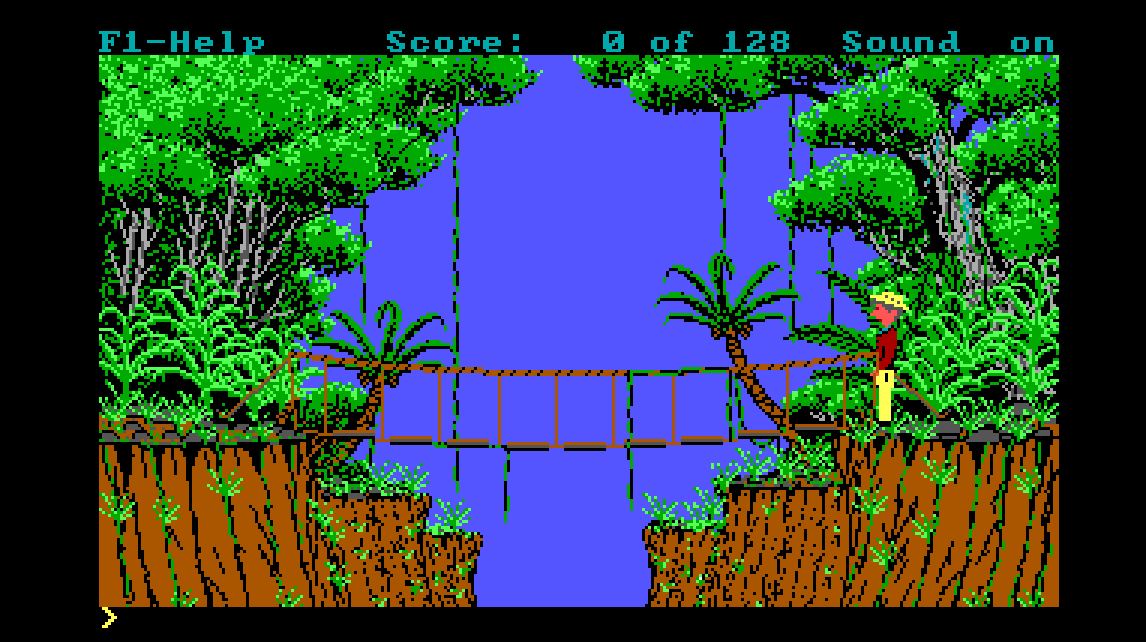
So, was my retrospective experience of Hugo's House of Horrors a trick or a treat? Like a kid who eats all her Halloween candy in one evening I've definitely had my fill of nostalgia. Once, these were the games you'd play over months, or years, and likely never finish. They were definitely a treat, though. I miss eight-year-old Meghann. She never would have googled hints. "Fans still get in touch," Gray says, "and quite a few have said the series holds a special place in their childhood as it was their first experience of gaming, or even of computers."
What spooky adventure game will you play this Halloween? You could play The Colonel's Bequest where, if you weren’t murdered before the end of the game, you'd eventually lose anyway due to how confusing the parser commands were. Or go for a modern adventure, like Bad Dream Series, where every time you touch something irrelevant, a finger is chopped off and later served to you in a soup. But if you're after adventure games that truly exemplify nerve-racking nostalgia, play Hugo's House of Horrors. No hints allowed, although you can ask your parents for help if you get stuck.

